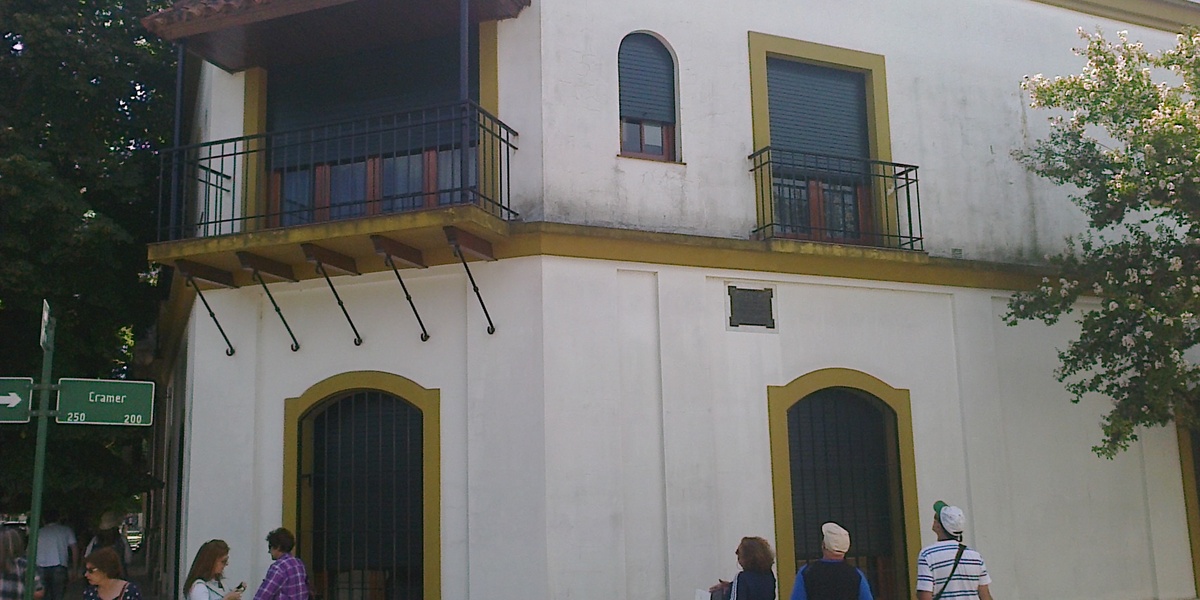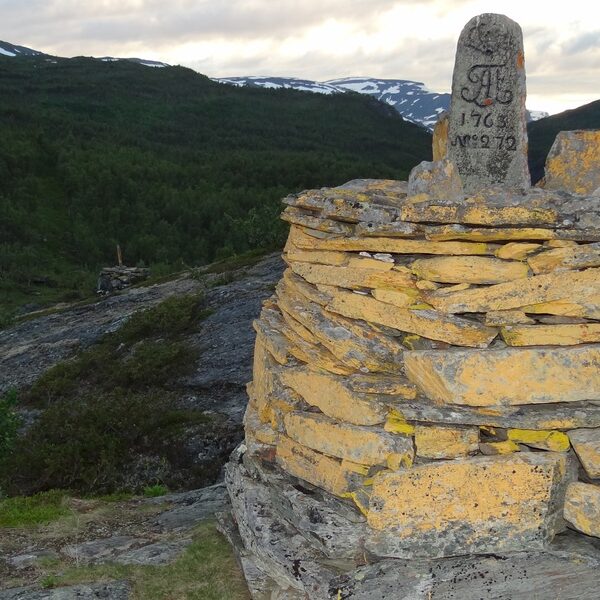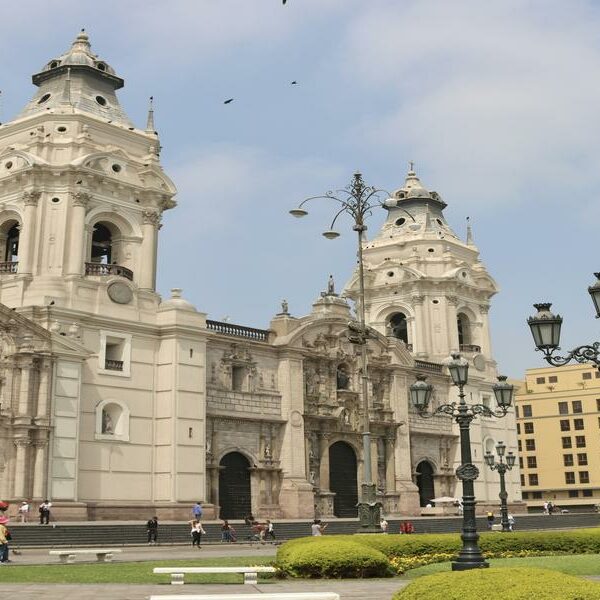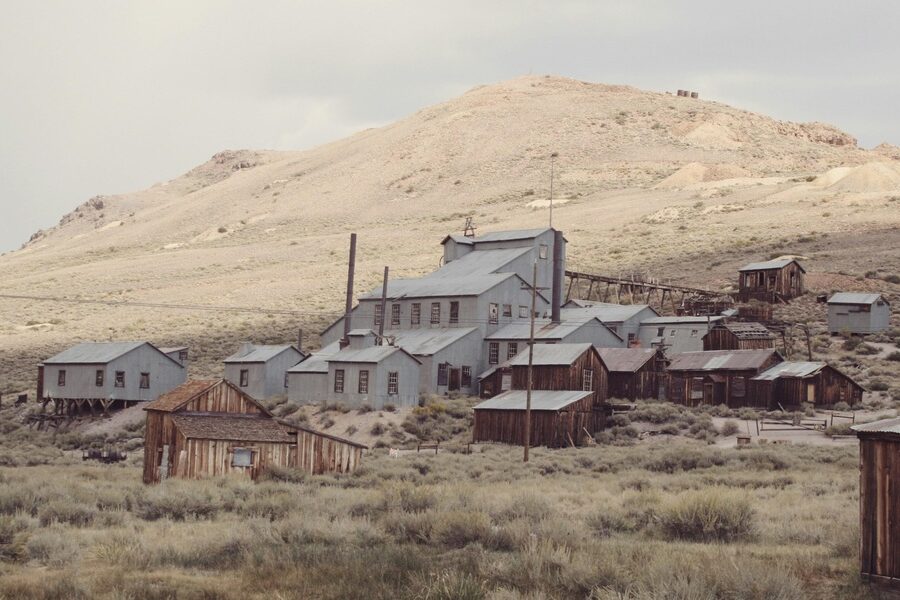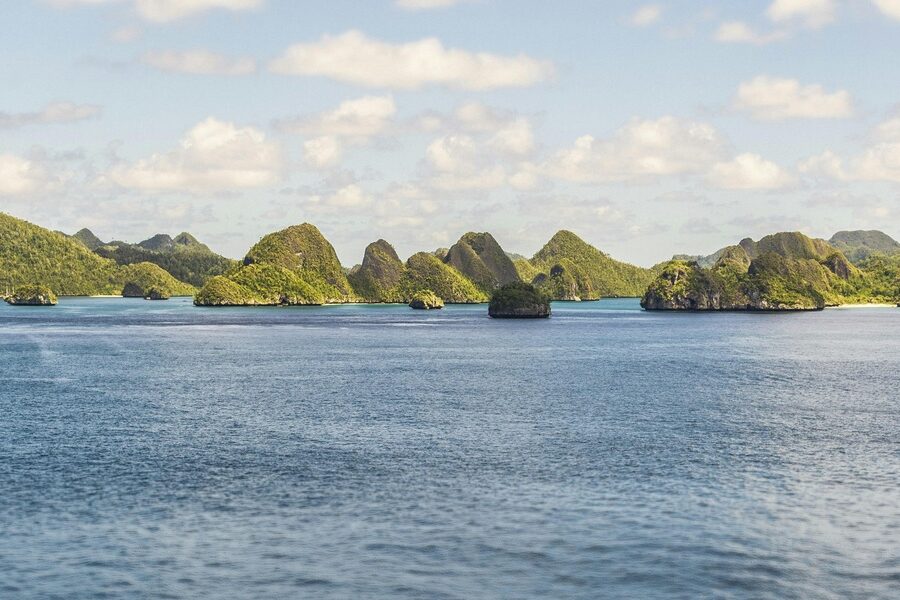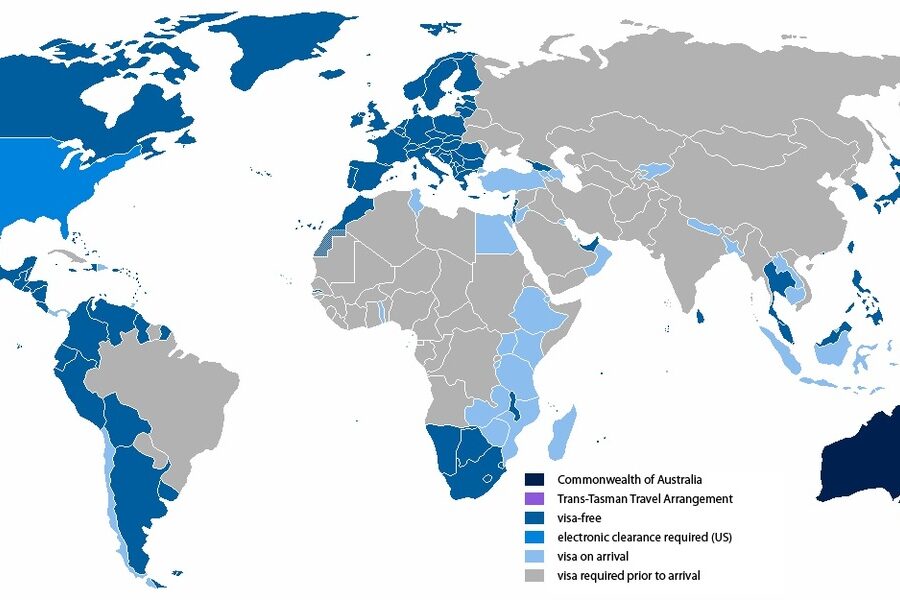Argentina is home to 13 remarkable colonial cities that showcase the country’s rich history and architectural heritage. Founded between the 16th and 18th centuries, these cities offer a glimpse into Argentina’s past, featuring well-preserved colonial landmarks like churches, Cabildos, and historic neighborhoods. Many of these cities, such as Buenos Aires and Santiago del Estero, serve as living museums where the colonial era comes alive through cobblestone streets and centuries-old buildings.
Below is a detailed list of these colonial cities, highlighting their founding years and key colonial features.
City Name This column names each city recognized for its colonial heritage in Argentina. It helps travelers and history enthusiasts identify important places rooted in the country’s colonial past.
Founding Year Each city’s founding year shows when it was officially established during the colonial period. This date places the city’s historical context within Argentina’s early development under Spanish rule.
Notable Colonial Feature This section points out the main colonial landmark or characteristic that makes the city special. It includes churches, Cabildos (town councils), historic districts, or unique architecture that define the city’s colonial charm.
What Defines a Colonial City in Argentina?
Colonial cities in Argentina are primarily known for their Spanish colonial architecture and historical importance during the 16th to 18th centuries. These cities contain structures such as Cathedrals, Cabildos, and convents that were central to civic and religious life. Their streets and buildings remain largely intact, allowing visitors to experience the colonial era firsthand. Many sites are protected as cultural heritage and some, like Córdoba’s Jesuit Block, are UNESCO World Heritage Sites.
Why Visit Argentina’s Colonial Cities?
Visiting Argentina’s colonial cities offers a unique blend of history, culture, and stunning architecture. Travelers can explore plazas lined with colonial buildings, museums housed in former colonial mansions, and churches with centuries-old artwork. These cities also provide insight into Argentina’s colonial history, including its struggle for independence and evolving identity. For students and history lovers, they offer rich educational experiences combined with local charm.
How to Explore the Colonial Heritage of Argentina
The best way to explore Argentina’s colonial cities is on guided walking tours that focus on historic districts and landmarks. Many cities have well-marked colonial areas and visitor centers with maps and resources. Combining visits to major cities like Buenos Aires and Córdoba with smaller towns such as Humahuaca or Cachi lets travelers see a broad range of colonial styles and regional influences. High-quality photos and local storytelling enhance the journey, making the colonial past vivid and accessible.
Colonial Cities in Argentina
| City | Country | Founding Year | Notable Colonial Feature |
|---|---|---|---|
| Buenos Aires | Argentina | 1580 | The Cabildo and historic core of the Monserrat and San Telmo neighborhoods |
| Córdoba | Argentina | 1573 | UNESCO World Heritage Jesuit Block (Manzana Jesuítica) with its university and church |
| Salta | Argentina | 1582 | Exquisitely preserved Spanish colonial architecture, including its ornate Cabildo and Cathedral |
| San Salvador de Jujuy | Argentina | 1593 | Historic city center with a colonial-era Cathedral and Cabildo on the main square |
| San Miguel de Tucumán | Argentina | 1565 | Home to the Casa Histórica, a colonial building where independence was declared |
| Santa Fe | Argentina | 1573 | The Church and Convent of San Francisco, featuring a unique colonial-era wooden roof |
| Santiago del Estero | Argentina | 1553 | The oldest continuously inhabited city in Argentina, known as the “Mother of Cities” |
| Corrientes | Argentina | 1588 | Important colonial river port with several well-preserved historic churches |
| Humahuaca | Argentina | 1591 | Iconic colonial town in the Quebrada de Humahuaca with cobblestone streets |
| Cachi | Argentina | 1692 | Pristine colonial village with adobe houses and a church with a cactus-wood roof |
| La Rioja | Argentina | 1591 | The historic Convent of Santo Domingo, one of the oldest religious buildings |
| Luján | Argentina | 1755 | The colonial Cabildo, now part of the Enrique Udaondo museum complex |
| San Antonio de Areco | Argentina | 1730 | A charming town with a preserved colonial core and historic parish church |
Images and Details
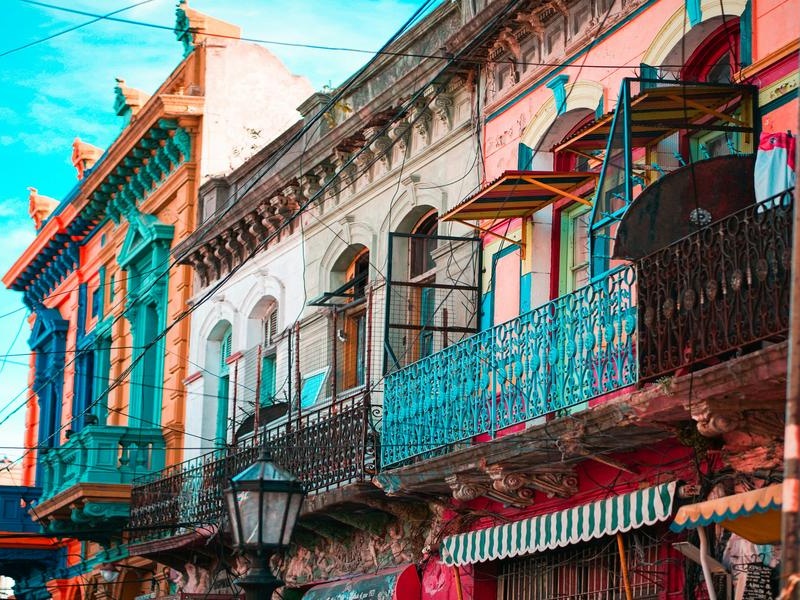
Buenos Aires
Explore the capital’s colonial past. Visit Plaza de Mayo, Argentina’s oldest public square. See the Cabildo, the original colonial town hall. Discover the historic churches. These sites show the city’s early Spanish foundations. Buenos Aires blends colonial history with European flair.
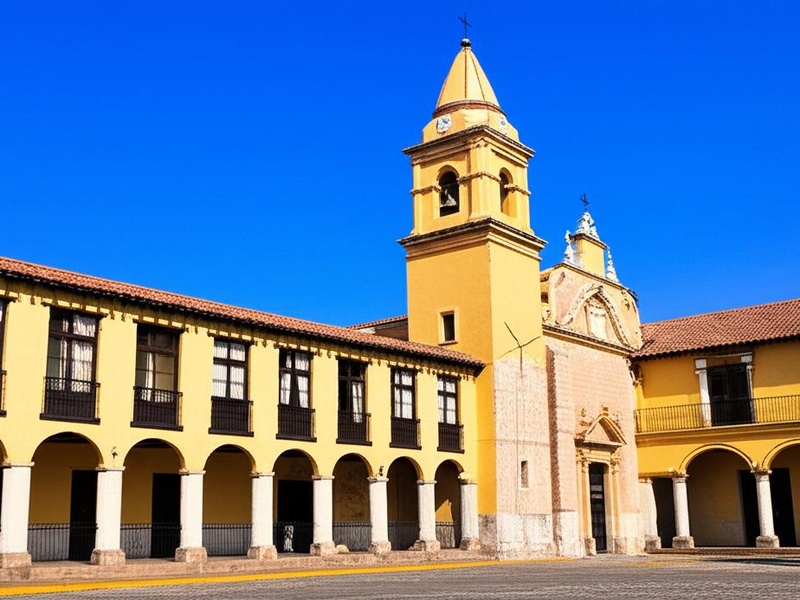
Córdoba
Discover Argentina’s most significant colonial city. Visit the Jesuit Block, a UNESCO World Heritage site. Explore its historic university, churches, and cloister. See the grand Cathedral and the Cabildo. Córdoba offers a rich display of well-preserved colonial architecture.
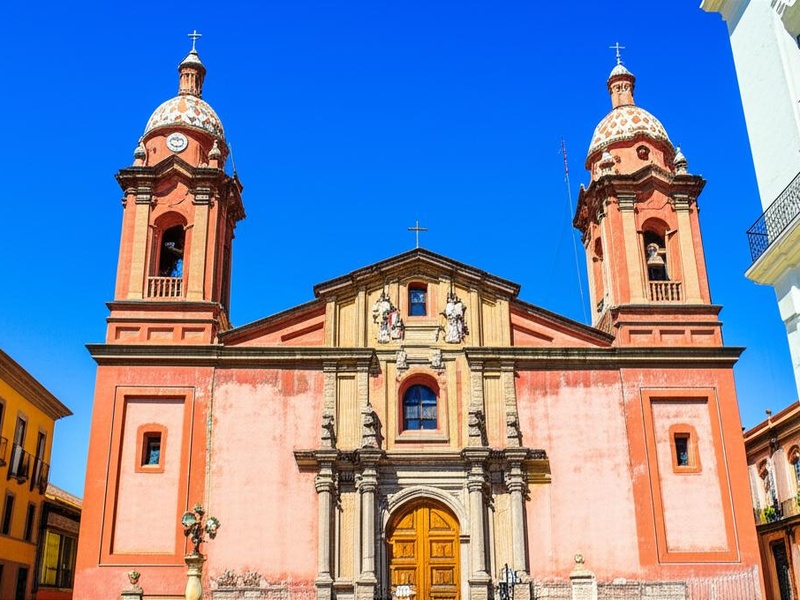
Salta
Experience “Salta La Linda,” the beautiful. Wander its charming colonial streets. Admire well-preserved houses with balconies and courtyards. Visit the iconic pink Cathedral and San Francisco Church. Salta offers a vibrant colonial atmosphere in the Andes foothills.
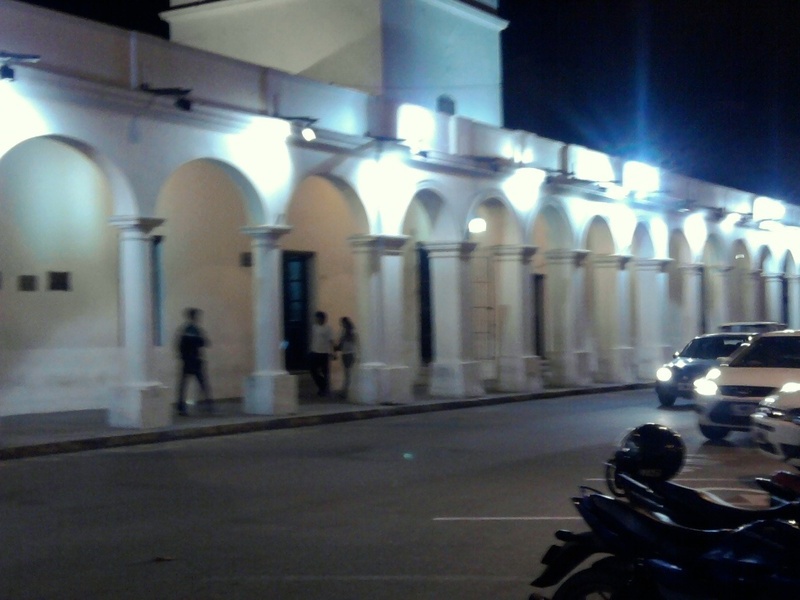
San Salvador de Jujuy
Journey to Argentina’s northern gateway. See the historic Cabildo, a symbol of early governance. Explore the central plaza and colonial-era churches. This city played a vital role in Argentina’s fight for independence. It retains a distinct northern colonial feel.
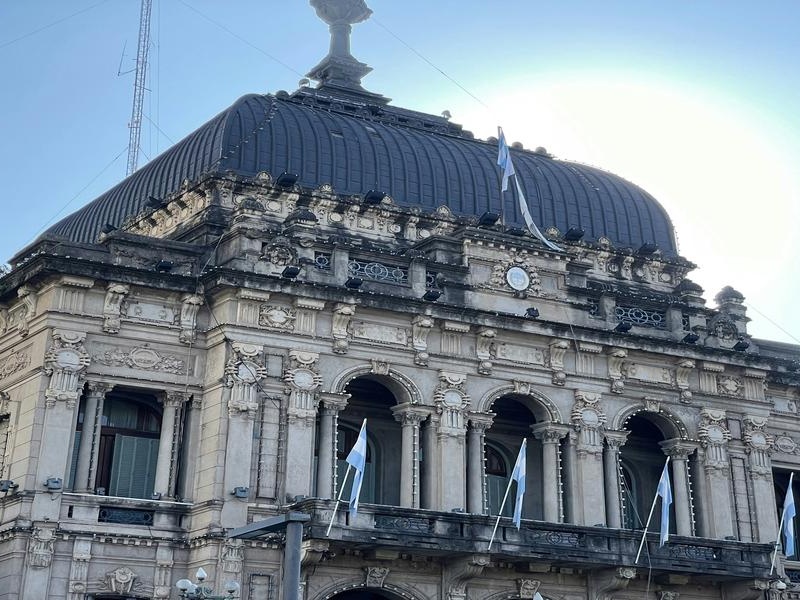
San Miguel de Tucumán
Step back in time in the “Garden of the Republic.” Visit the historic Casa Histórica de la Independencia. This colonial house is where Argentina declared independence. Explore the city’s central plaza and colonial buildings. Tucumán holds immense historical significance.

Santa Fe
Explore one of Argentina’s oldest settlements. See its colonial churches and historic buildings. The city was a key port during the Spanish era. Discover its early foundations and strategic importance. Santa Fe preserves a quiet colonial charm.

Santiago del Estero
Visit Argentina’s oldest continuous city. Santiago del Estero is known as the “Mother of Cities.” Explore its colonial churches and historic center. This city offers a deep dive into Argentina’s earliest Spanish roots. It is a cornerstone of the nation’s history.

Corrientes
Discover this strategic colonial port city. Explore its historic Plaza 25 de Mayo. See the colonial-era churches and government buildings. Corrientes holds importance due to its river location. Its colonial past shaped its unique character.
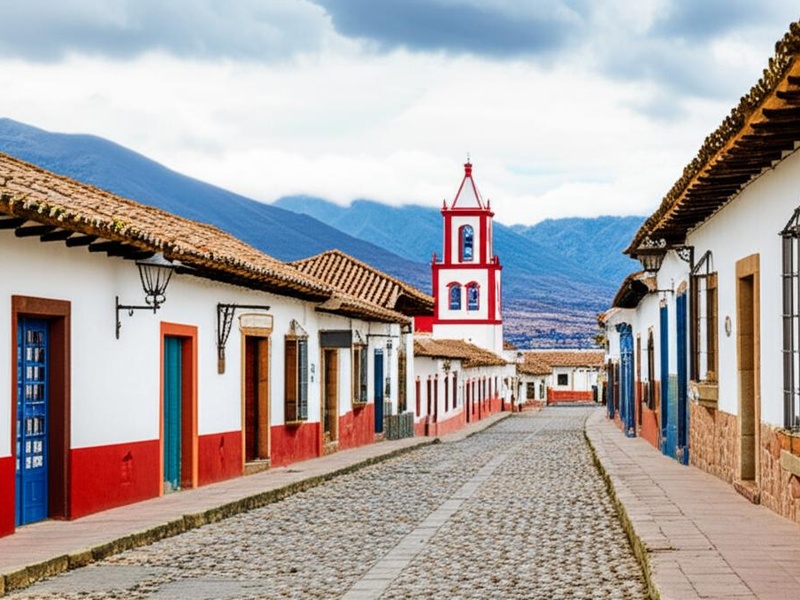
Humahuaca
Experience a unique blend of cultures. Humahuaca sits in a UNESCO World Heritage valley. See its adobe architecture and historic church. This town shows both indigenous and Spanish colonial influences. It offers a glimpse into Argentina’s northern frontier history.
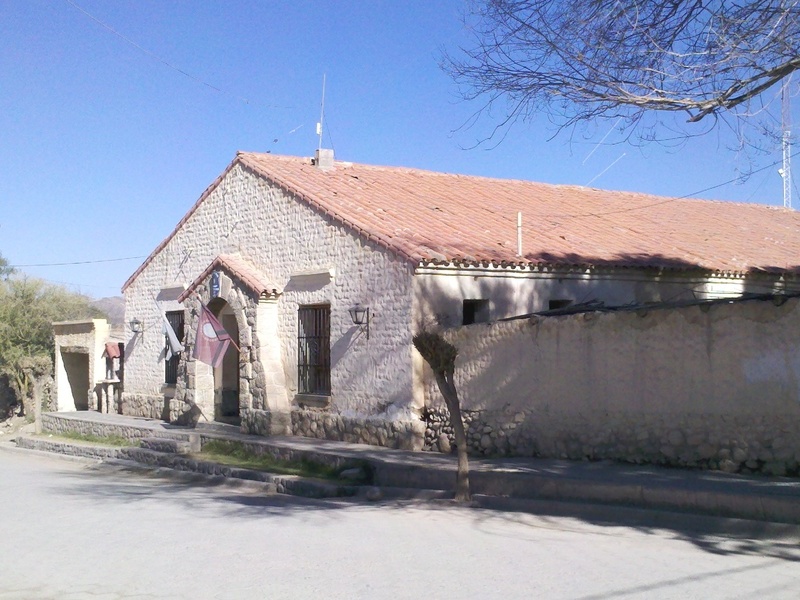
Cachi
Find colonial charm in the Calchaquí Valleys. Wander through this small, preserved town. Admire its adobe houses and narrow streets. Visit the central plaza and historic church. Cachi offers a serene example of colonial-era life.

La Rioja
Visit this early colonial city. Explore its historic plazas and religious buildings. La Rioja served as an important hub in the colonial era. Discover its preserved architecture and deep historical roots. The city reflects its Spanish foundations.
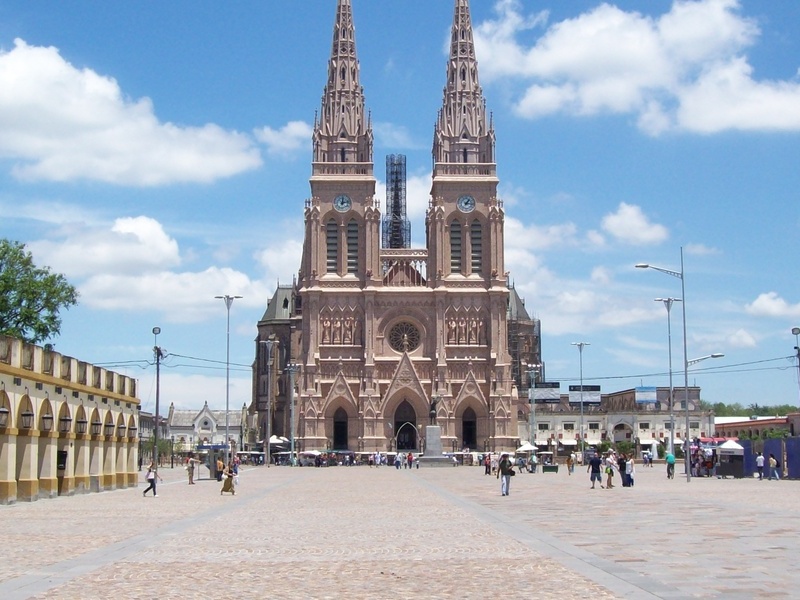
Luján
Discover Luján, a city with deep colonial-era religious roots. Its famous Basilica stands on a site with significant colonial history. The Virgin of Luján became Argentina’s patron saint in colonial times. Explore this spiritual center and its historical connection.
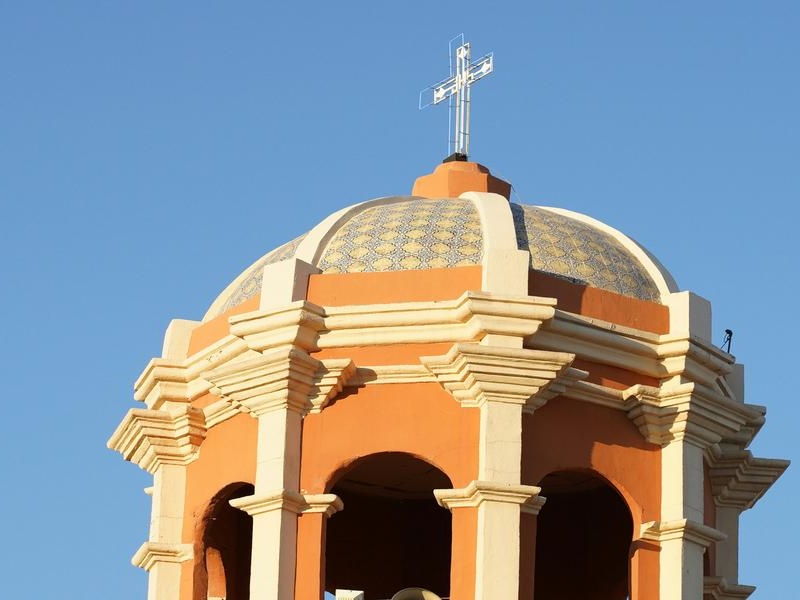
San Antonio de Areco
Explore this traditional town. While famed for gaucho culture, San Antonio de Areco originated in the colonial era. See its historic main square and old buildings. The town reflects a rural colonial foundation. It offers insights into Argentina’s early country life.

